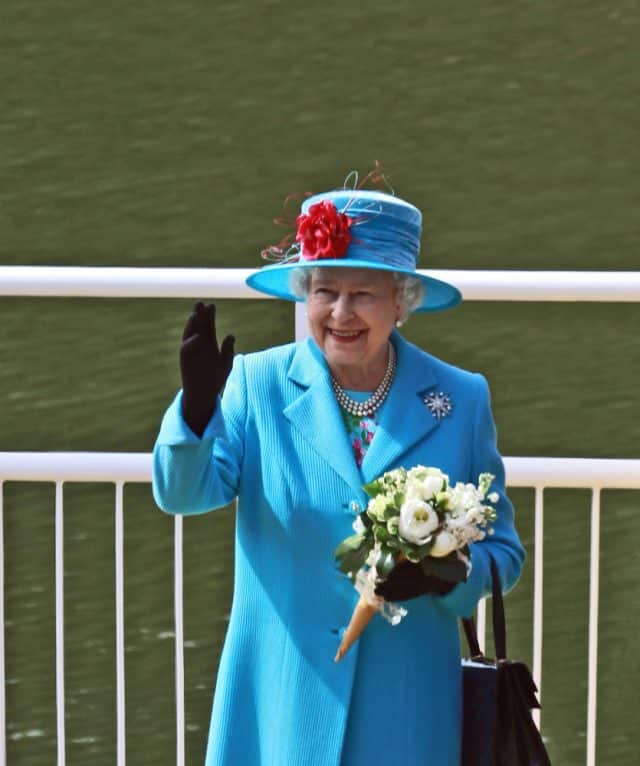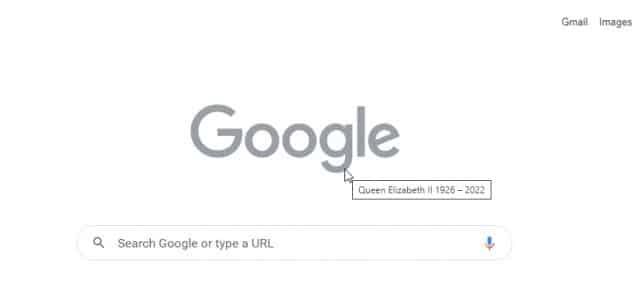Queen Elizabeth II -- a life packed with technological change

As you've probably learned elsewhere already, Queen Elizabeth II died yesterday at the age of 96 after an extraordinarily long reign.
For anyone under the age of 70 she has been the constant center of life in the UK, a relic of an earlier era, perhaps, but she's also lived through an age of huge and rapid technological advances.
The year she acceded to the throne, 1952, also saw IBM produce its first computer, the 701. And her coronation in 1953 was one of the first major events to be televised, providing a boost for a nascent industry.
The first hard drive came in 1956. It weighed, literally, a ton and could store a whole 5MB of data. Three years on and 1959 saw the first integrated circuit, replacing resistors, capacitors and vacuum tubes with microchips.
The first communications satellite launched in 1962 and in 1963 Cambridge University developed Sketchpad paving the way for computer-aided design.
The launch of ARPANET in 1969 laid the foundations for what we now know as the internet. In 1976 the Queen was one of the first heads of state to send an email, using the ARPANET system and the username 'HME2' -- though it's rumored that she dictated emails rather than writing them herself.
Of course the modern internet is made possible by fiber optics -- first produced in 1970 -- and personal computers, first appearing in 1977 with the launch of the Apple II, Commodore PET, and Radio Shack TRS-80.
1982 brought the first computer virus and 1988 the first internet worm. Sir Tim Berners-Lee's creation of hypertext markup language (HTML) in 1989 made possible the web as we know it today.
The internet has become a key feature of the latter part of Elizabeth II's era. By 2014 the Queen was sending her first tweet marking, appropriately enough, the opening of a Science Museum exhibition.
In 2019 the Science Museum again hosted the Queen as she made her first Instagram post.
The coronavirus lockdowns saw the Queen take to Zoom in order to carry out meetings with politicians and diplomats as she 'worked from home' at Windsor Castle.
The first tablets were appearing in the 1980s and '90s though it was the launch of the iPad in 2010 that rocketed the devices to popularity. The Queen was reportedly a big fan of tablet PCs in her later years, having been introduced to them by her grandsons, docking stations have been visible in the background of photos taken in her apartments.
So today, as Google marks the Queen's passing by turning its logo a respectful grey, we reflect not just on a remarkable life but on an era of remarkable change.

Image credit: speedfighter17/depositphotos.com